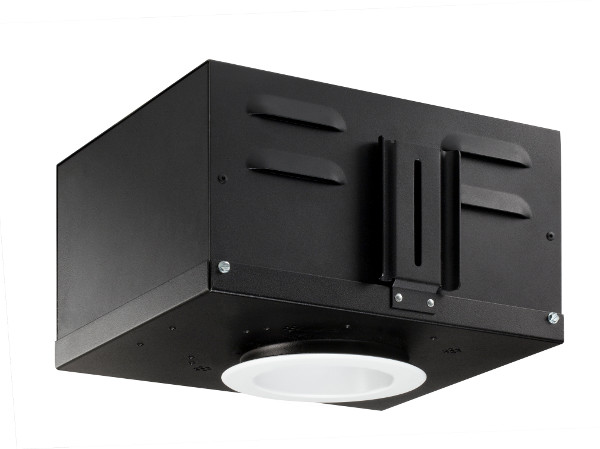If you have to convert your company cafeteria into a town hall venue, with a need for different kinds of lighting, or then, you need to dim all of the lights in your home when you have stepped out for a bit, Light Emitting Diodes (LED) lighting should be your first choice!
Ten years ago, LEDs were used only in niche indicators, such as exit signs. Today, they are used in almost all lighting applications from street lights to stairwells. However, most owners, contractors, engineers, or designers do not know how to work with and control LEDs. Also, LEDs are evolving at a rapid pace and many factors need to be kept in mind when working with and installing LEDs.
In this white paper, Lutron discusses what needs to be kept in mind when installing and working with LEDs.
Some important points from this white paper:
A LED is a chip (electronic device) that produces light when an electrical current passes through it. Also, there are two types of LEDs: the LED lamp and the LED fixture.

LEDS can be dimmed so that you can adjust your light intensity, depending on your need.
LEDs also come with many advantages, such as high efficacy, product longevity, lower heat load, and diversity of product size and shape. There are also several benefits to dimming LEDs, such as energy savings, space flexibility, enhanced safety, and increased productivity.
LEDs are available in many different colours, including, but not limited to red, blue, amber, green, and near-UV colours.
Advantages and Limitations of using LEDs
There are certain advantages to using LED lighting. These are:
High Efficacy as compared to halogen, incandescent, and fluorescent lights
High Longevity with useful lifetimes ranging from 25,000 hours to up to 100,000 hours, which are significantly higher, when compared to incandescent or fluorescent lights
Lower generation of heat compared to other light sources
Availability in many different sizes and shapes
Absence of any hazardous materials, when compared to mercury in linear fluorescent or CFL lamps
There are also certain limitations to using LED lighting. These are higher cost, with high brightness LEDs being quite expensive, but rapidly dropping in price; wide variation in colour temperature, colour rendition, and colour stability; and limited dimming performance and system compatibility.
Dimming LED Lighting
One of the main advantages of LED lighting is that you can dim the LED light so that a restaurant, theatre, residence, hotel lobby, or presentation space can create the environment that the designer intended. This is also a good way to enhance the ambience for the end user.

Dimming LEDs saves you energy at a roughly 1:1 ratio. Dimming LEDs down to 50% of their light output will save you nearly 50% of your energy usage. Also, not only do you save by using a more efficient source, you save even more energy by dimming LEDs.
Dimming LEDs also makes them run cooler and this extends the life of the electronic components and yellow phosphor of the LED light. Dimming also extends the life of the LED lamp, as well as increases the LED’s lumen maintenance. The latter is the slow decrease in light output over a LED’s lifetime.
So, if you want lighting in your home or office that adjusts to your many moods and needs, do consider LED lighting as your first choice and enjoy the flexibility that it provides. Here’s to an optimal lighting experience!
For more information on how LED lighting can benefit your organisation or home, contact Actis at 022-30808080 or at contact@actis.co.in
(Content and Images credit: www.lutron.com)
